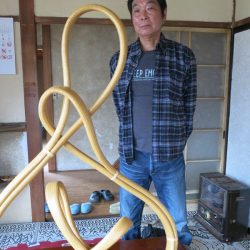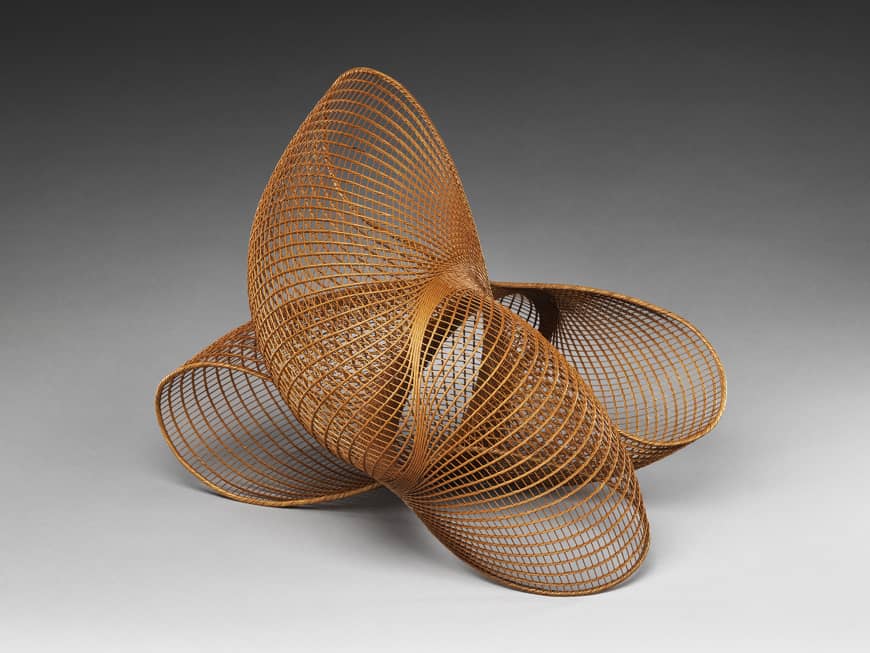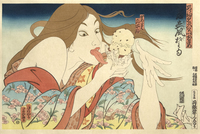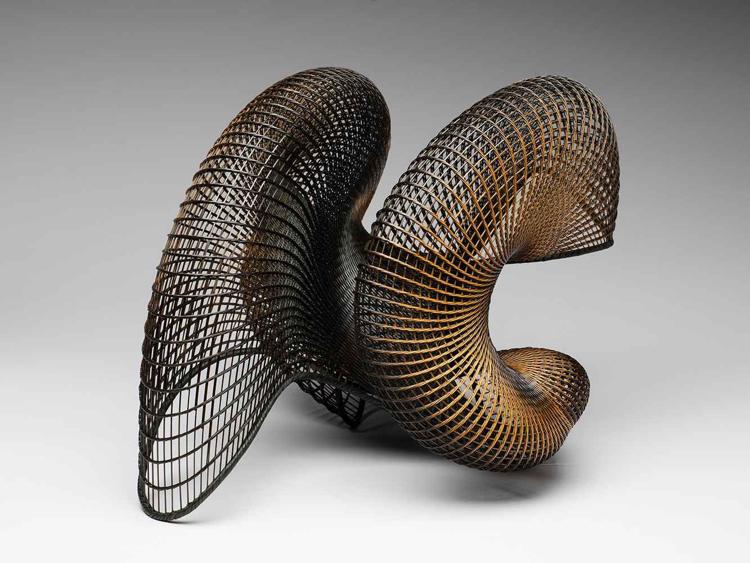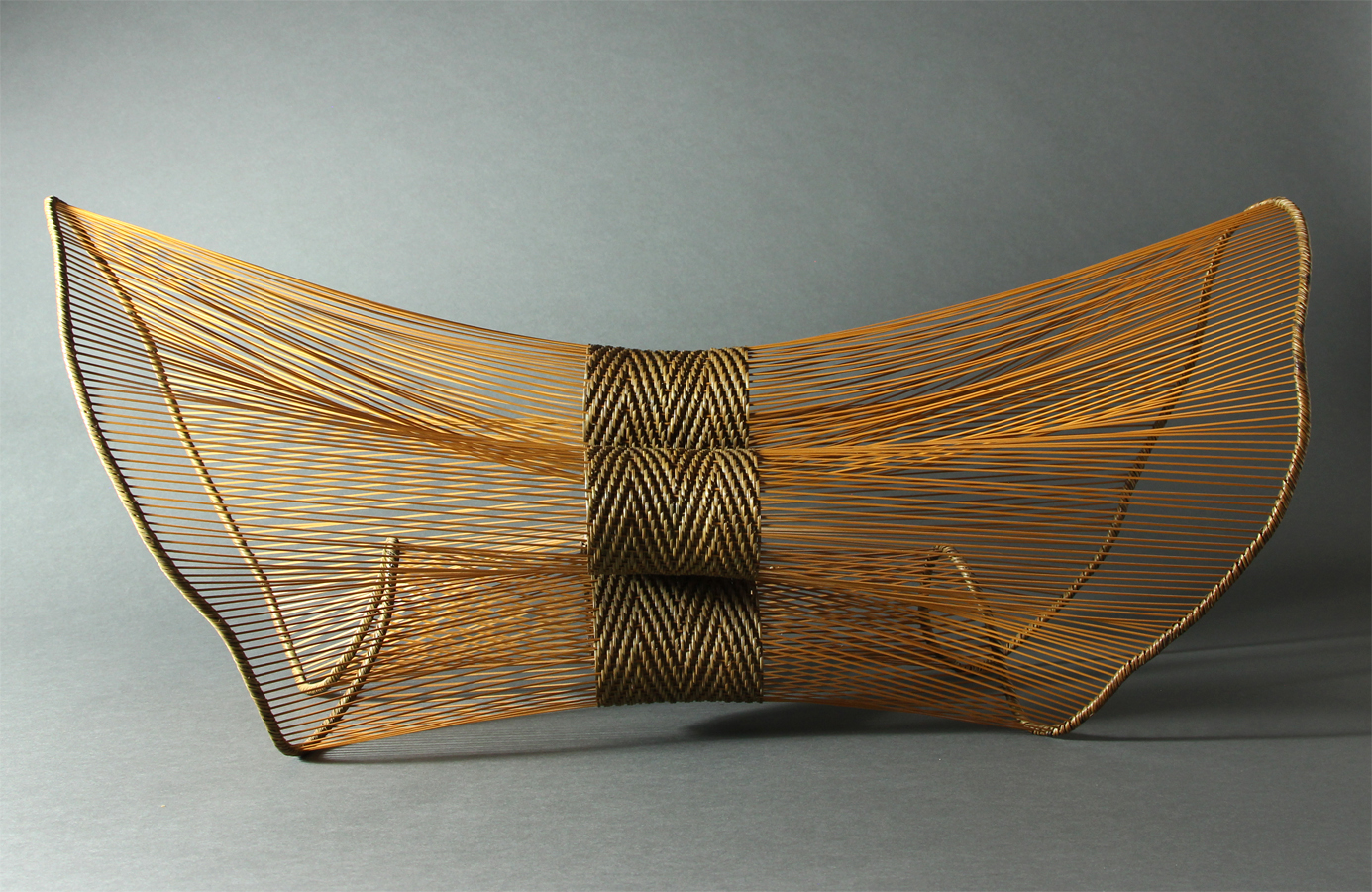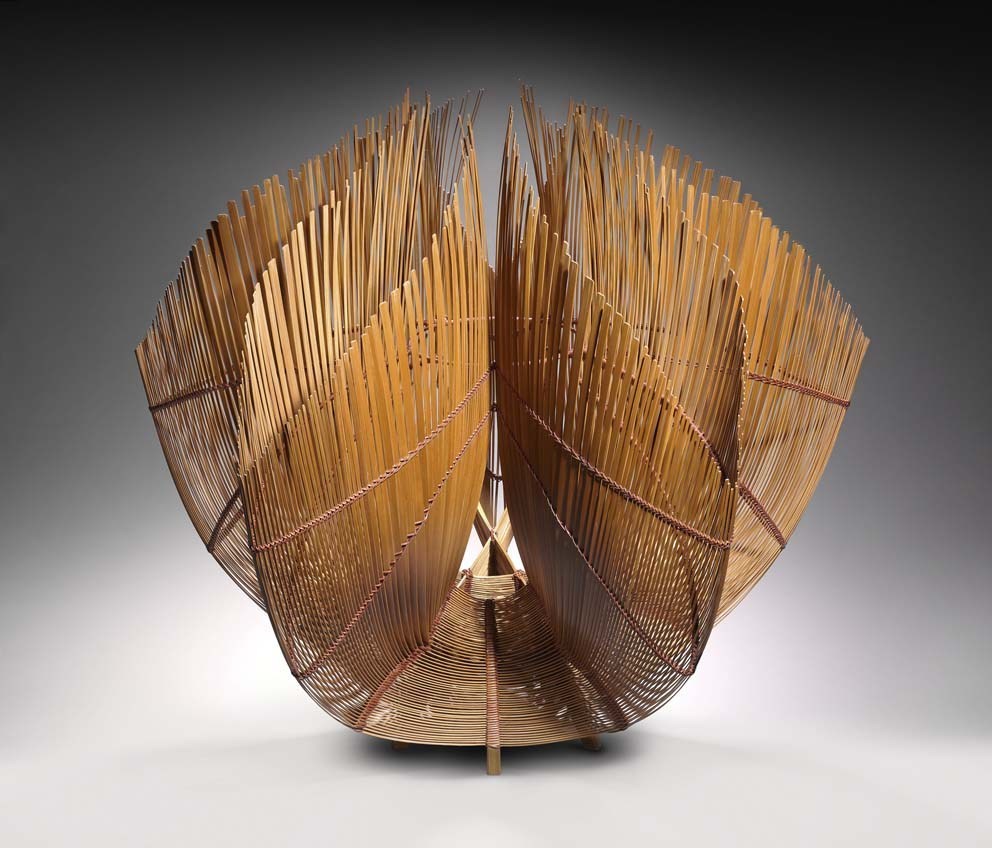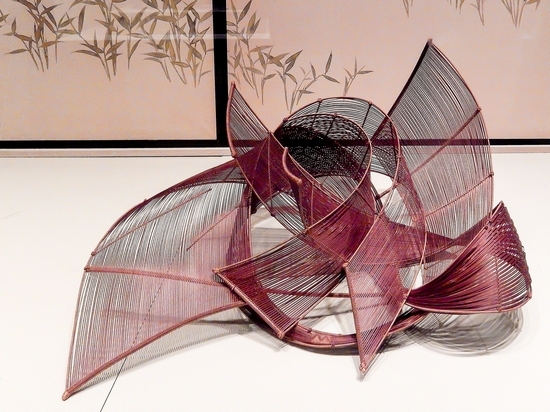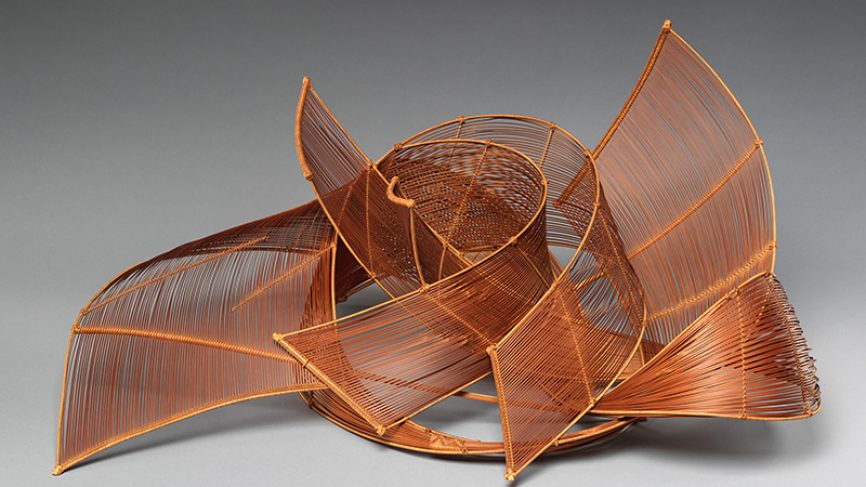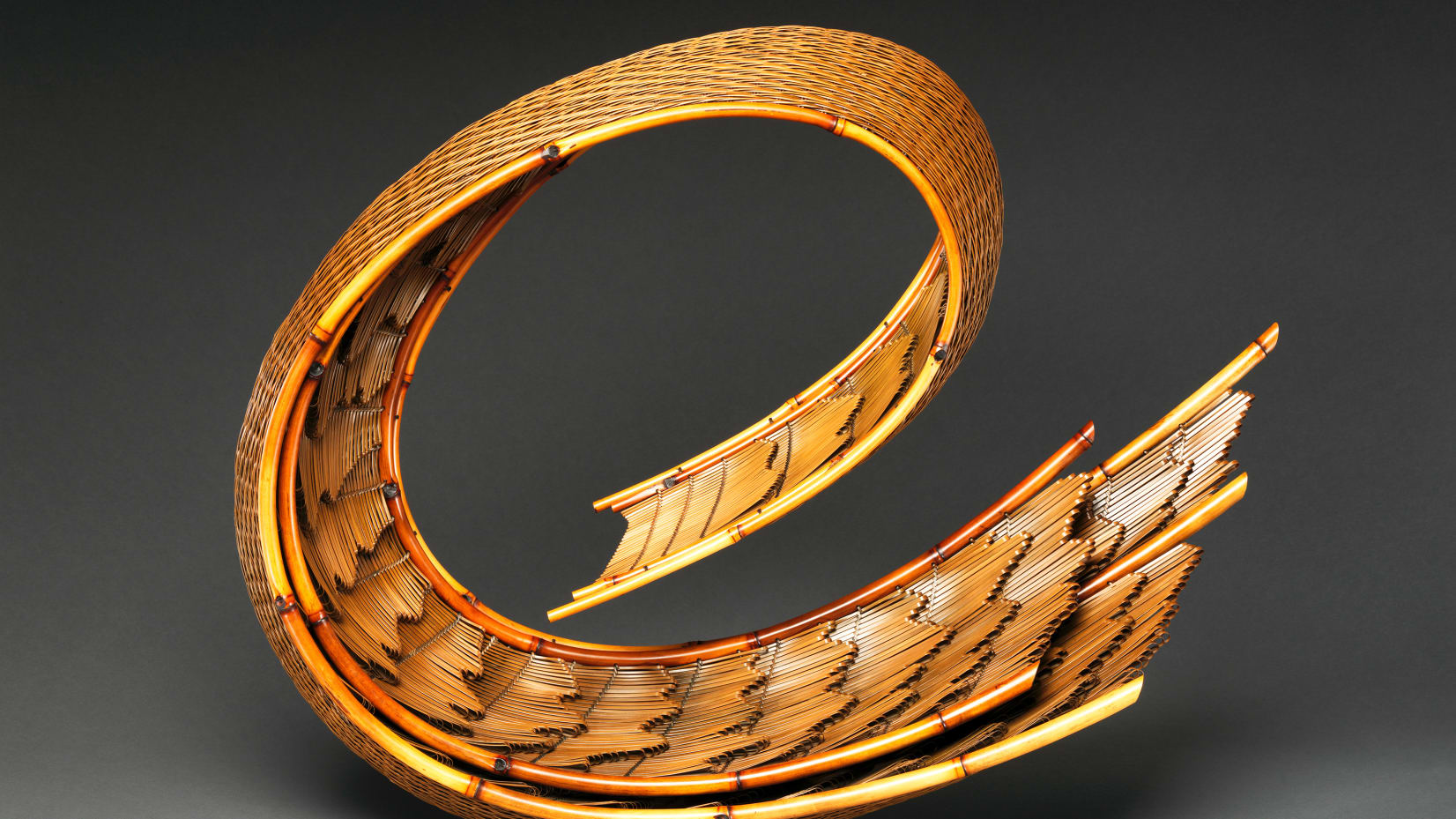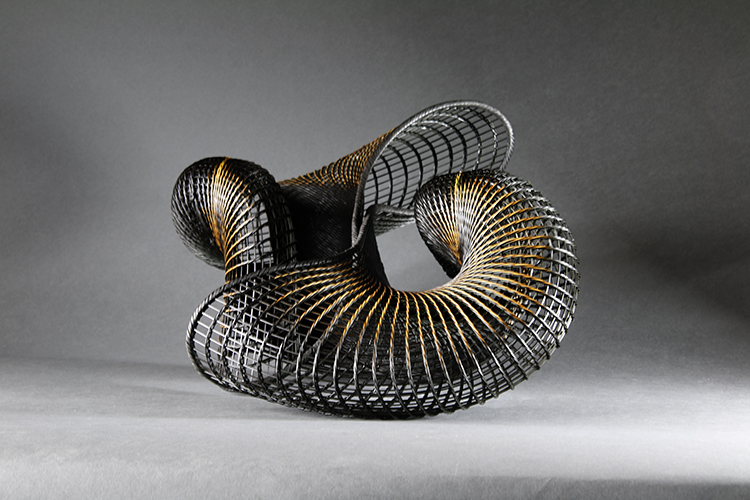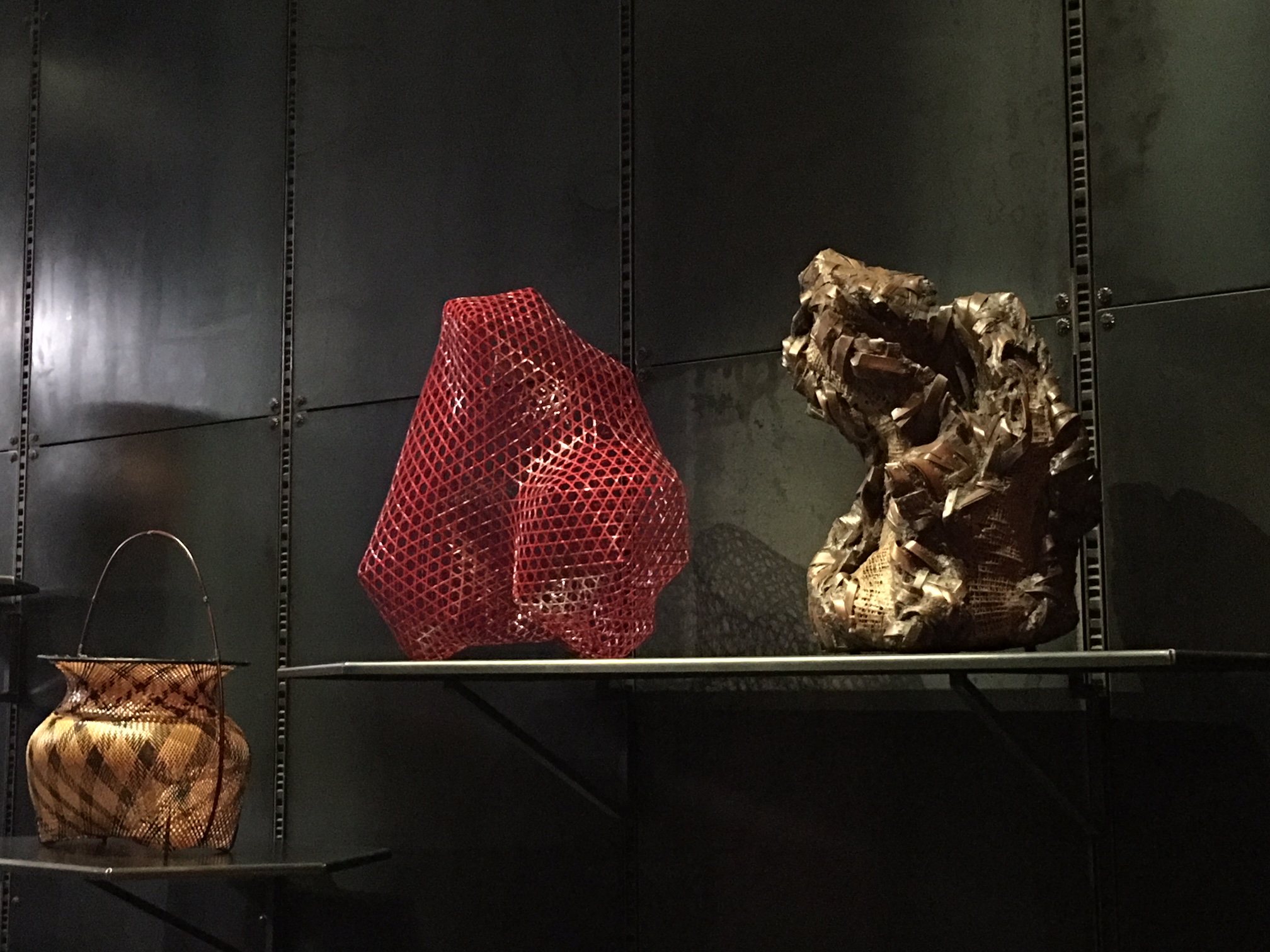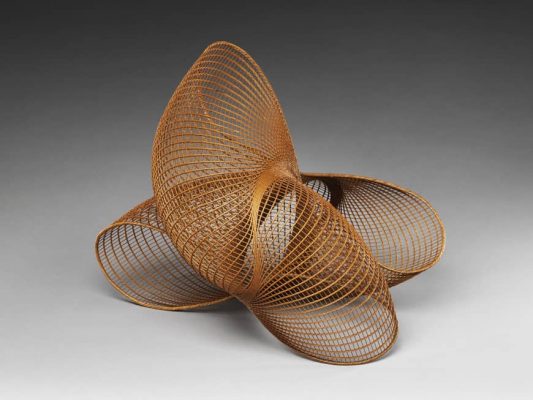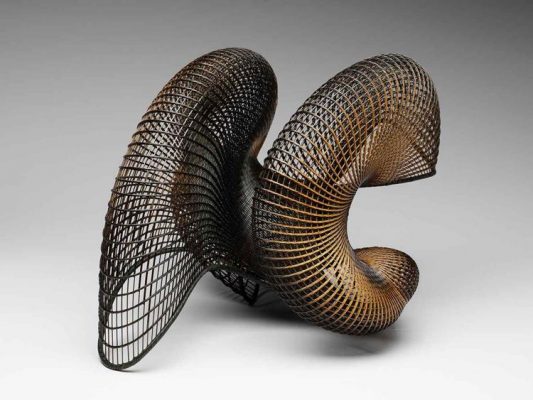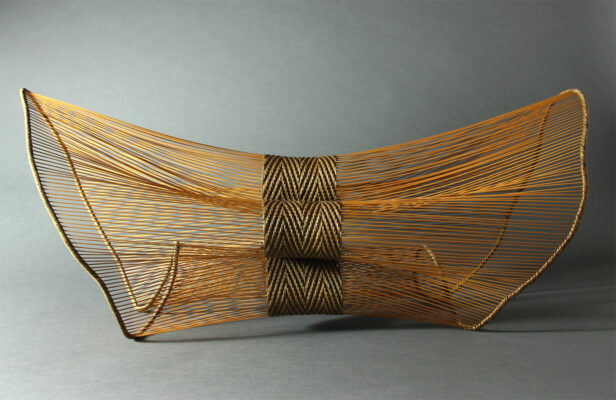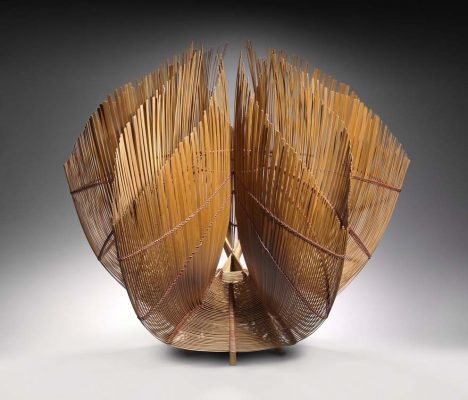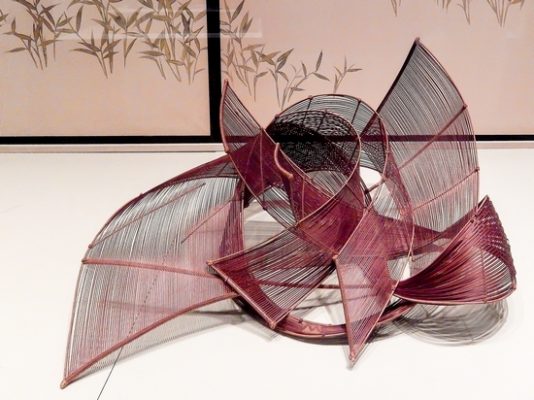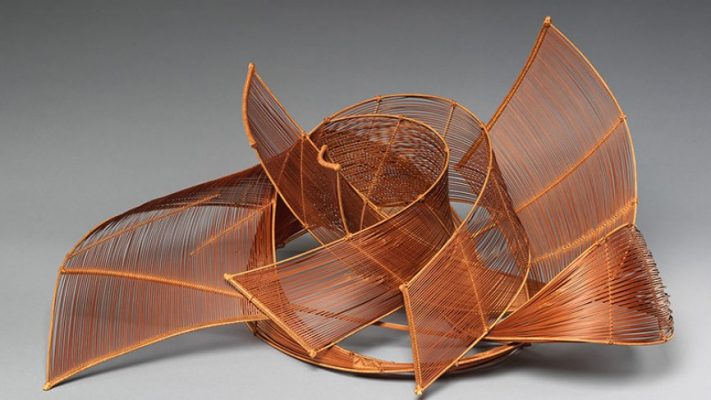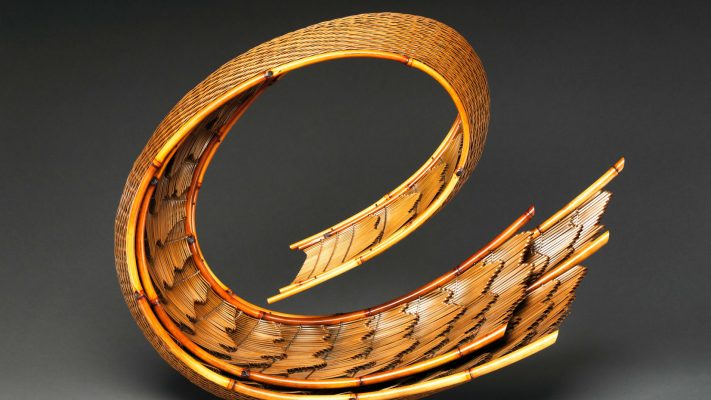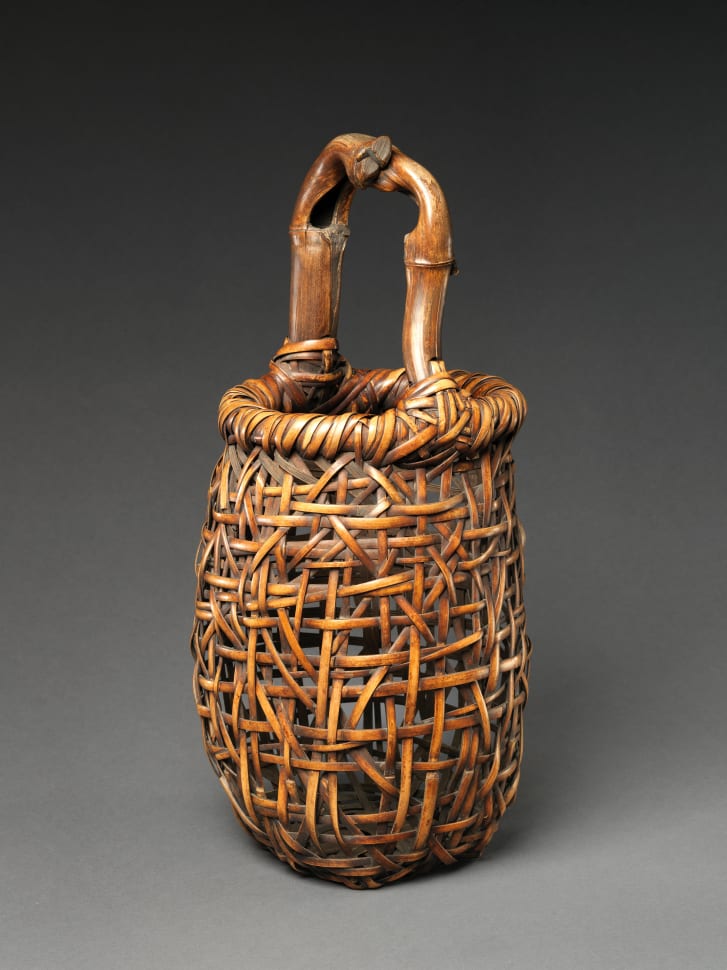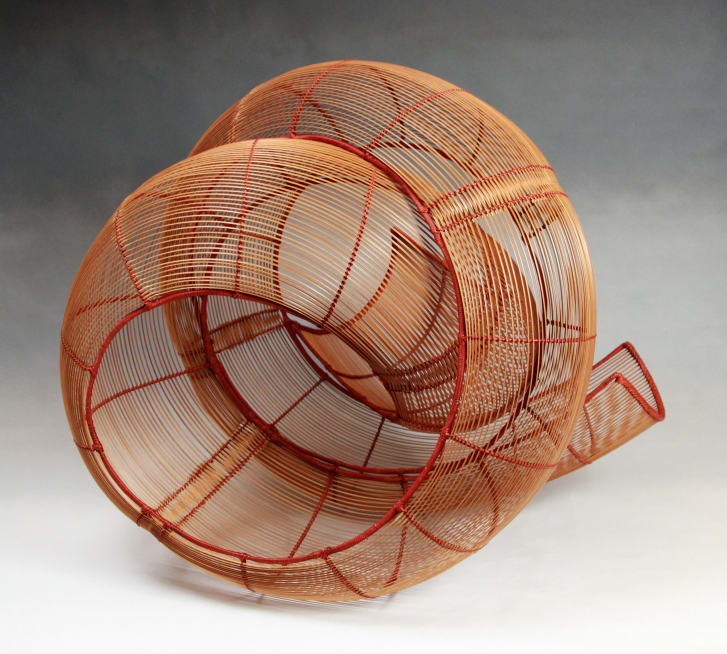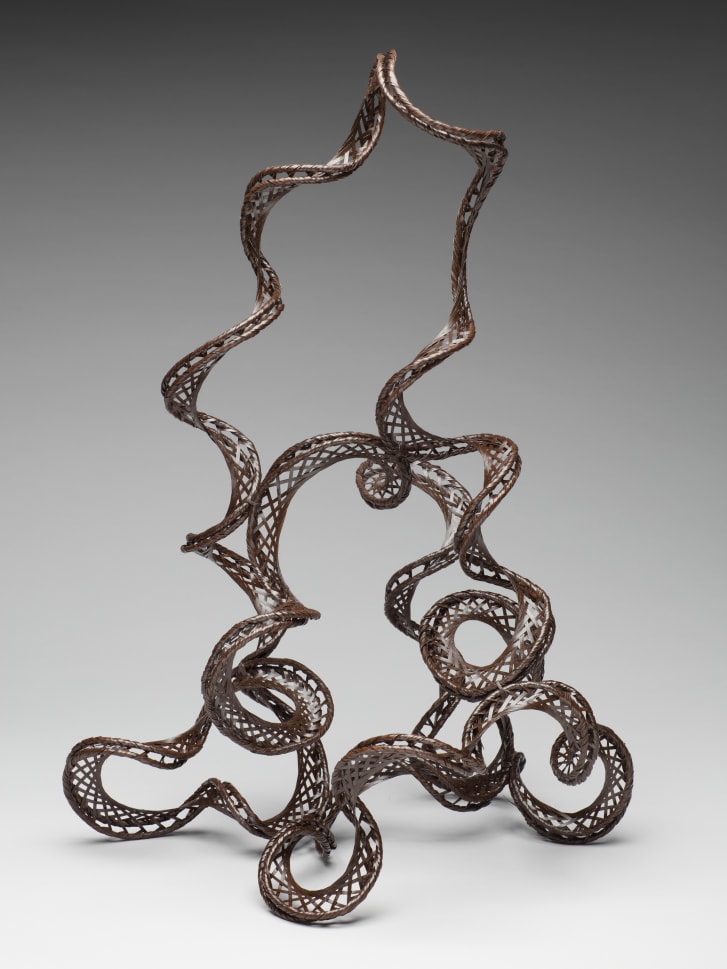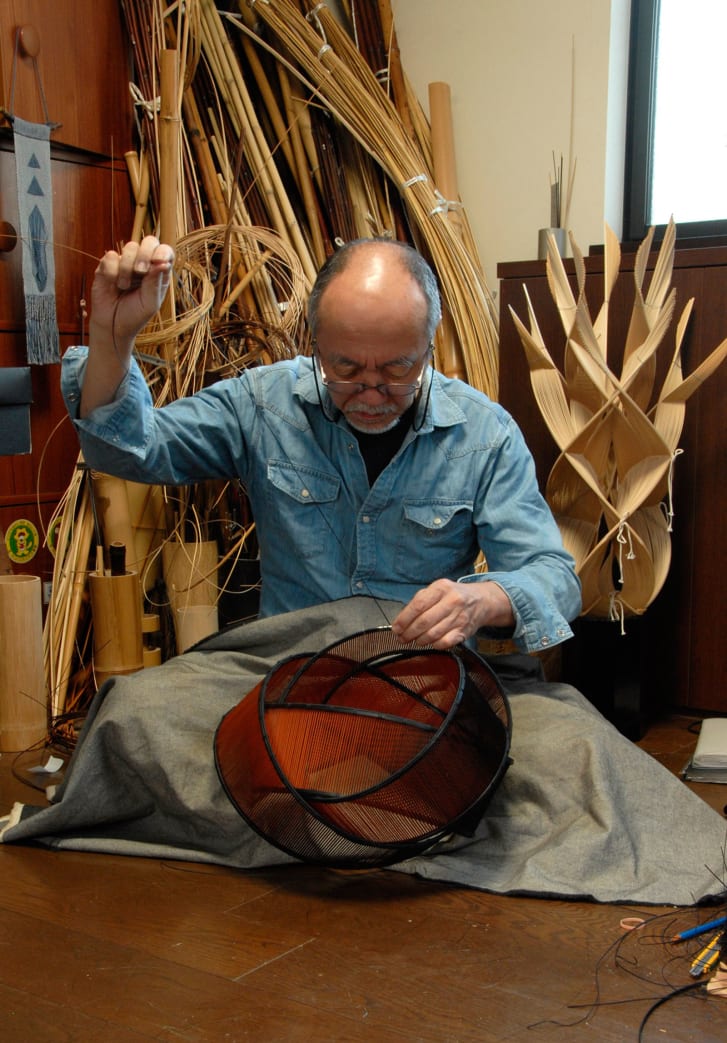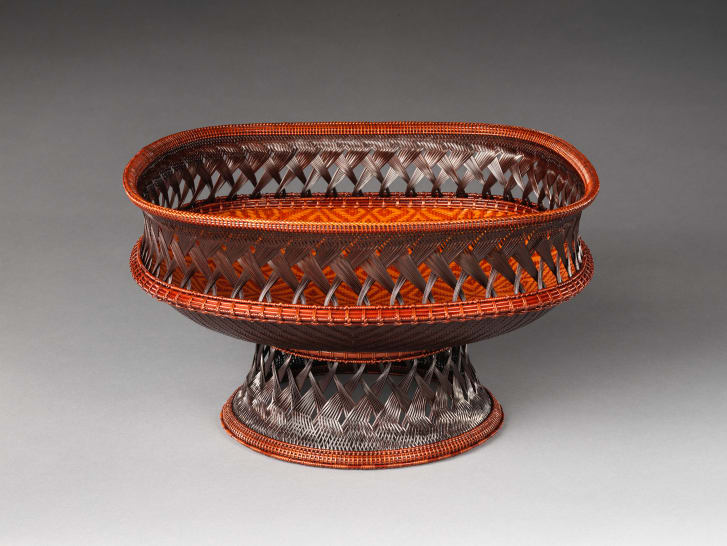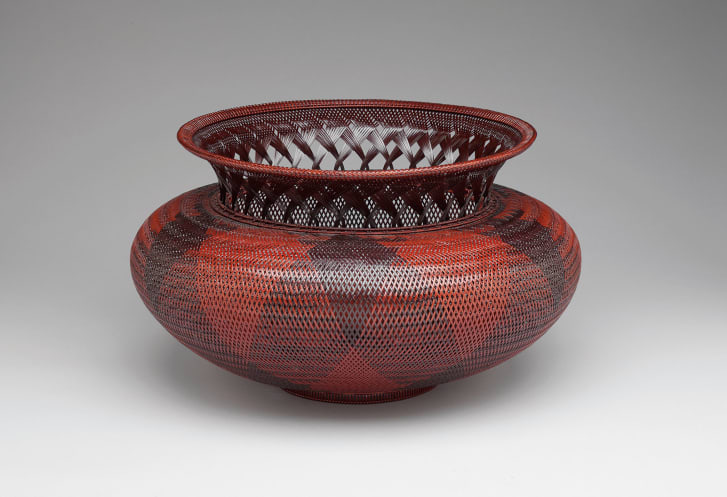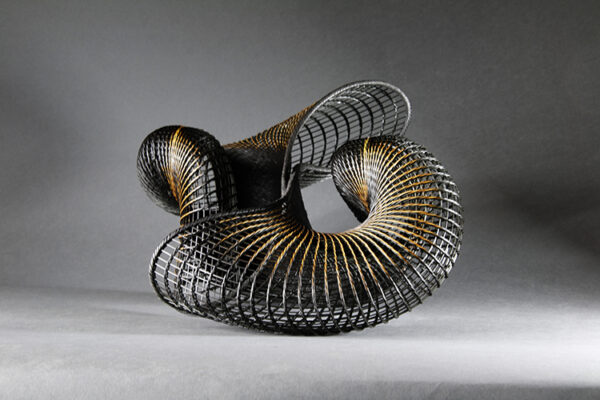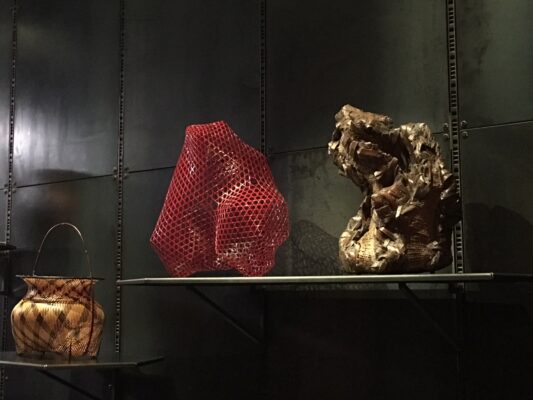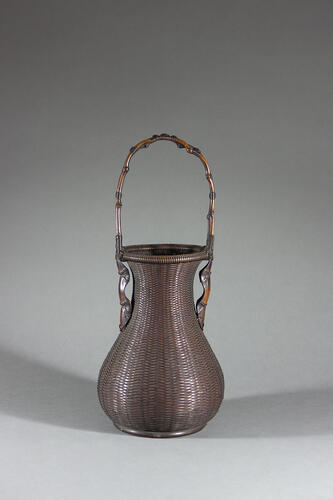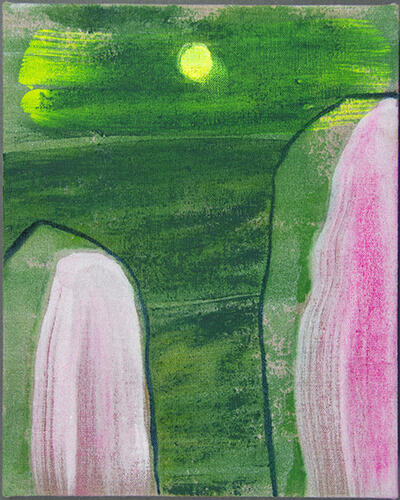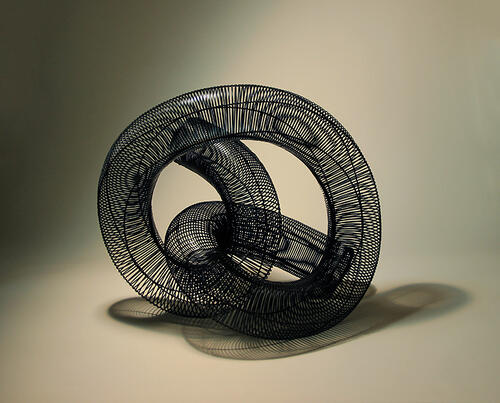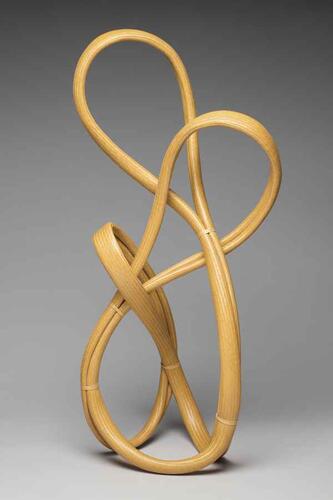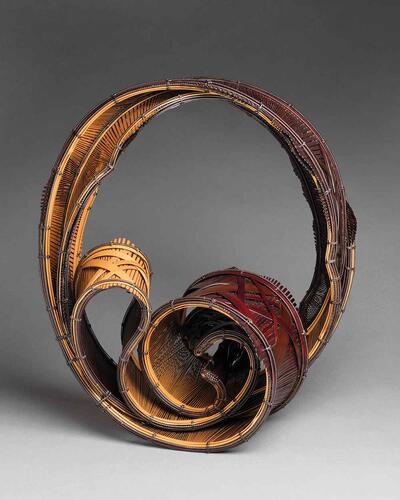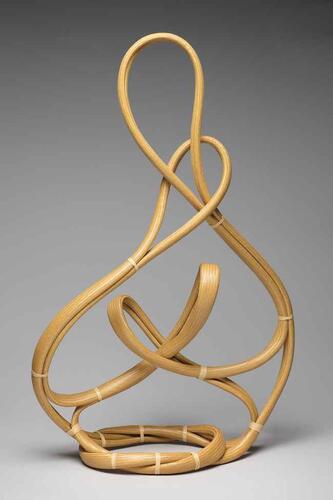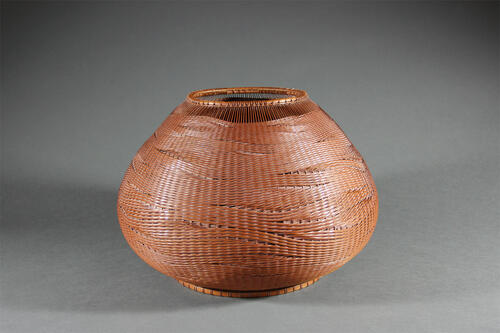Shoryu Honda‘s “Dance” (2000) | THE ABBEY COLLECTION, “PROMISED GIFT OF DIANE AND ARTHUR ABBEY TO THE METROPOLITAN MUSEUM OF ART,” IMAGE ©THE MET
OITA PREFECTURAL ART MUSEUM
BY YUKARI TANAKA
MAY 7, 2019
Original article at Japan Times
This traveling exhibition, which first showcased at The Metropolitan Museum of Art in New York in 2017, brings to Oita a selection of Japanese bamboo objets d’art originally amassed by collectors Diane and Arthur Abbey.
The show of 75 works by 44 artists includes masterpieces by six living national treasures. Pieces range from Meiji Era (1868-1912) traditional flower baskets to contemporary artworks, some of which are being shown in Japan for the first time. Highlights include pieces by the Oita-born Shono Shounsai (1904-74), the first bamboo artist to be designated a living national treasure, Hayakawa Shokosai I (1815-97) and Tanabe Chikuunsai I (1887-1937).
Oita Prefectural Art Museum; 2-1 Kotobukimachi, Oita. Oita Stn. 10 a.m.-7 p.m. (Fri., Sat. till 8 p.m.). ¥1,000. 097-533-4500; www.opam.jp
Ticket Giveaway: We have five pairs of tickets to “Japanese Bamboo Art From New York: The Abbey Collection” at Oita Prefectural Art Museum to give to readers. The ticket giveaway is now online only. To apply, visit jtimes.jp/tickets. Deadline: May 14.

